1. “Dream On” – Aerosmith
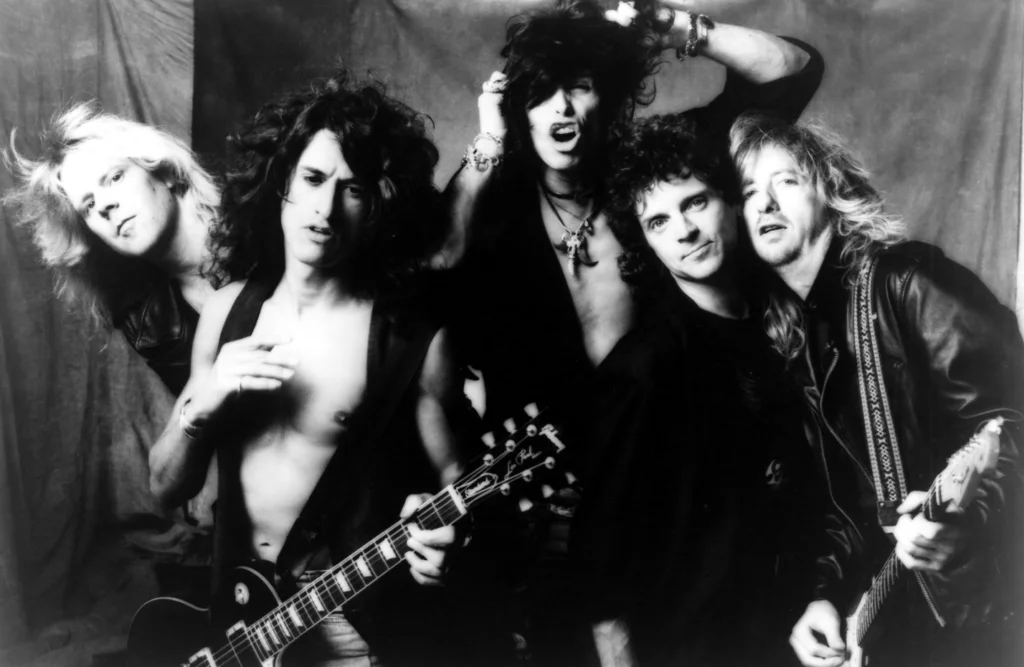
When Aerosmith released “Dream On” in 1973, it wasn’t your typical rock anthem. Instead of blasting straight into guitar riffs, the song opened with Steven Tyler’s haunting piano and almost whispered vocals. It built slowly, layer by layer, until it exploded into that iconic scream near the end. This kind of pacing was unusual for radio hits at the time, which usually stuck to a predictable verse-chorus structure.
The song wasn’t a huge hit at first, but it became a slow burn classic, often rediscovered by younger fans decades later. Its introspective lyrics about ambition and perseverance gave it staying power, even if it didn’t storm the charts right away. Today, it’s overshadowed by Aerosmith’s later commercial smashes, but many argue “Dream On” is their purest masterpiece.
2. “Roundabout” – Yes

Progressive rock was never about playing by the rules, and “Roundabout” is proof. The 1972 track stretched past eight minutes, opening with Steve Howe’s delicate acoustic guitar before diving into Chris Squire’s legendary bass line. It was intricate, layered, and unapologetically long for radio.
Despite that, the song became Yes’s signature piece, even sneaking onto mainstream radio playlists. It showed that listeners could handle complexity if the music was compelling enough. While prog rock has since become a niche genre, “Roundabout” remains a hidden gem that continues to impress new generations who stumble upon it.
3. “Life’s Been Good” – Joe Walsh

Joe Walsh had a knack for mixing humor with hard rock, and “Life’s Been Good” might be his cheekiest creation. At nearly nine minutes long, the 1978 track poked fun at rock star excess with lines about losing mansions and driving cars into trees. It was part satire, part confession, and completely unlike the usual rock songs of its time.
What makes it underappreciated is its honesty, hidden under a groove that made people laugh and dance. Walsh didn’t glamorize the lifestyle, he exposed its absurdity. It was a rare moment of self-awareness in an industry that usually took itself way too seriously.
4. “Love Is the Drug” – Roxy Music
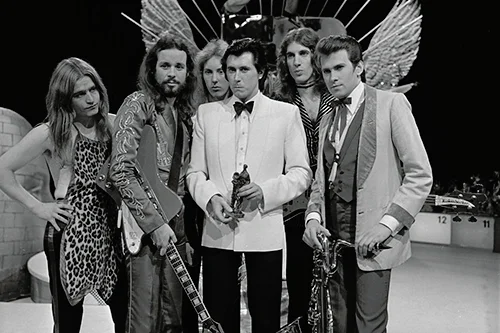
By 1975, Roxy Music was pushing rock into art territory, and “Love Is the Drug” stood out as their most playful experiment. It blended funky bass, Bryan Ferry’s sly vocals, and a sense of theatrical cool. It wasn’t heavy rock, but it still carried a rebellious edge that confused critics at the time.
What makes it special is how it anticipated trends. The song leaned into grooves that would influence disco, new wave, and alternative music. Though not as celebrated as some of their later work, it’s a reminder that Roxy Music was always ahead of its time.
5. “Carry On Wayward Son” – Kansas
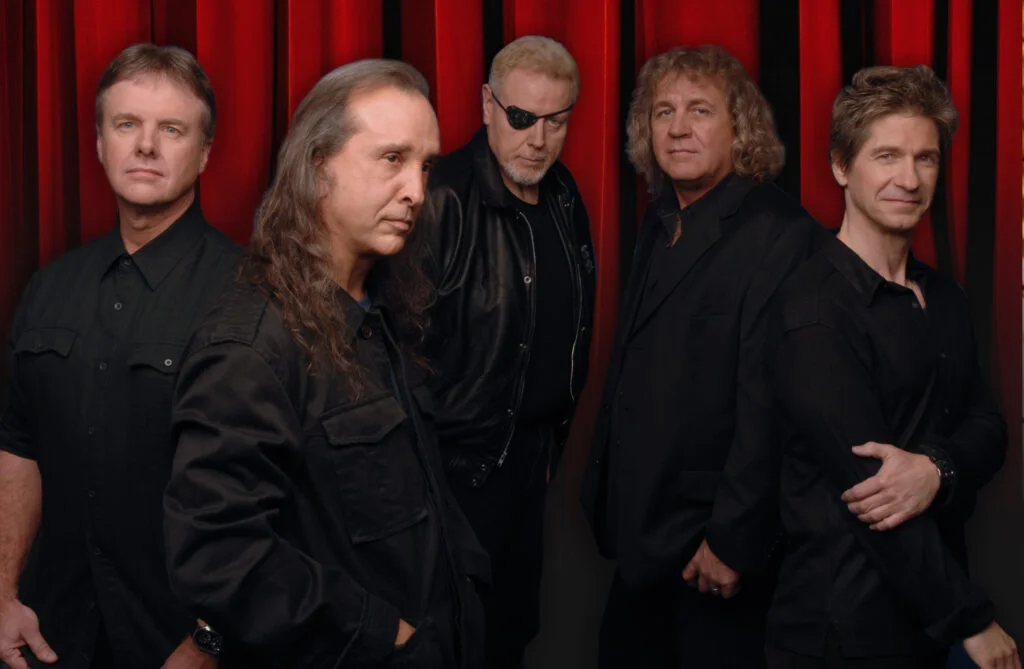
Classic rock radio has kept “Carry On Wayward Son” alive, but its daring structure often goes unnoticed. Released in 1976, it skipped the usual formula and opened with a booming a cappella chorus before diving into shifting rhythms and prog-inspired guitar solos. It was ambitious, especially for a band still proving themselves.
While Kansas found success with this track, they never fully escaped being labeled a “one-hit wonder” to casual fans. That’s unfair, since this song showcased their skill at blending accessibility with complexity. It deserves more credit as a rule-breaking rock epic.
6. “The Logical Song” – Supertramp

Supertramp’s “The Logical Song” from 1979 wasn’t just catchy—it was unusually deep for pop rock. Roger Hodgson wrote it as a critique of how society turns children into “logical” adults who forget their individuality. The lyrics were wrapped in bright sax riffs and piano melodies, making the message sneakier than most protest songs.
The contradiction between upbeat music and somber meaning was a bold move. Instead of yelling rebellion, the band quietly planted seeds of reflection. It’s one of those tracks that, once you really listen, you realize just how brilliant and underappreciated it is.
7. “Kashmir” – Led Zeppelin
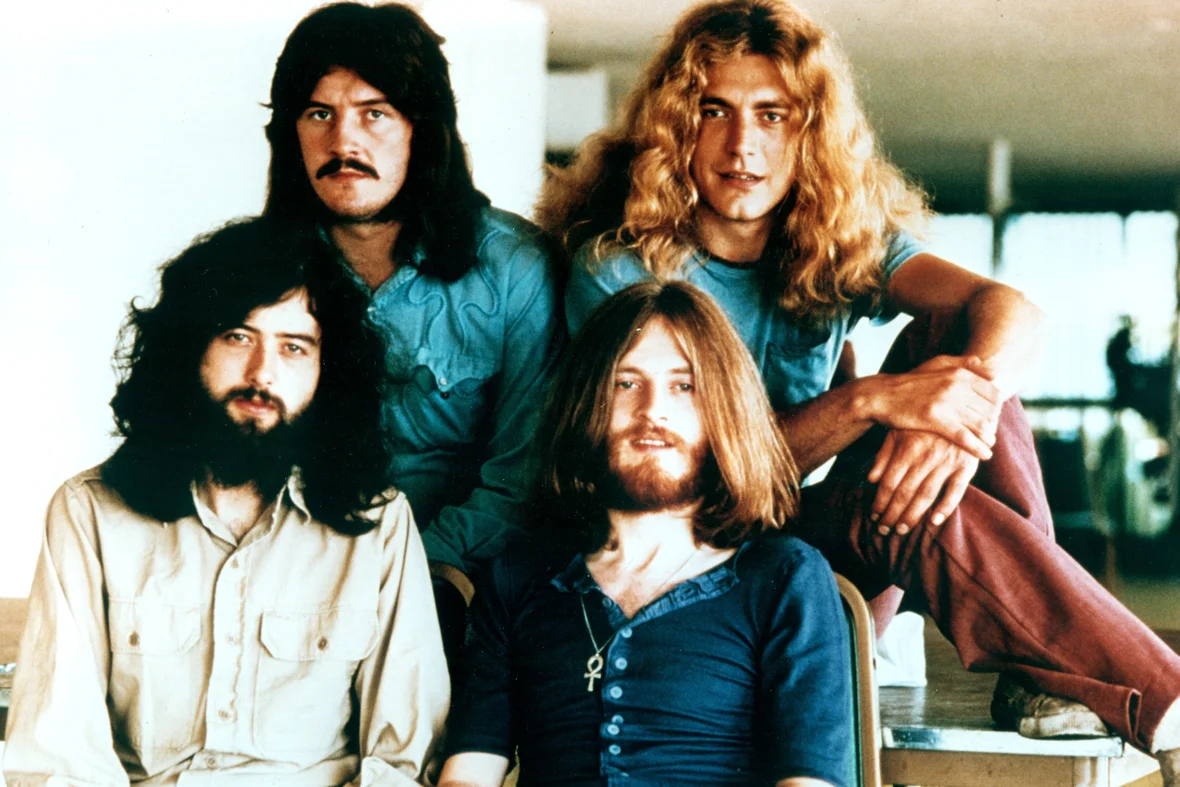
“Kashmir” is often overshadowed by Zeppelin’s more radio-friendly hits, but it might be their most daring track. Built on a hypnotic, repetitive riff and exotic string arrangements, it ignored traditional rock structures altogether. Jimmy Page and John Bonham drove the song forward like a march, while Robert Plant’s mystical lyrics floated over the top.
The song’s unusual rhythm and orchestration confused critics at first, but it went on to become one of the band’s most respected pieces. It was bold enough to prove rock could expand far beyond blues riffs and power chords, though casual listeners still don’t give it the love it deserves.
8. “School’s Out” – Alice Cooper
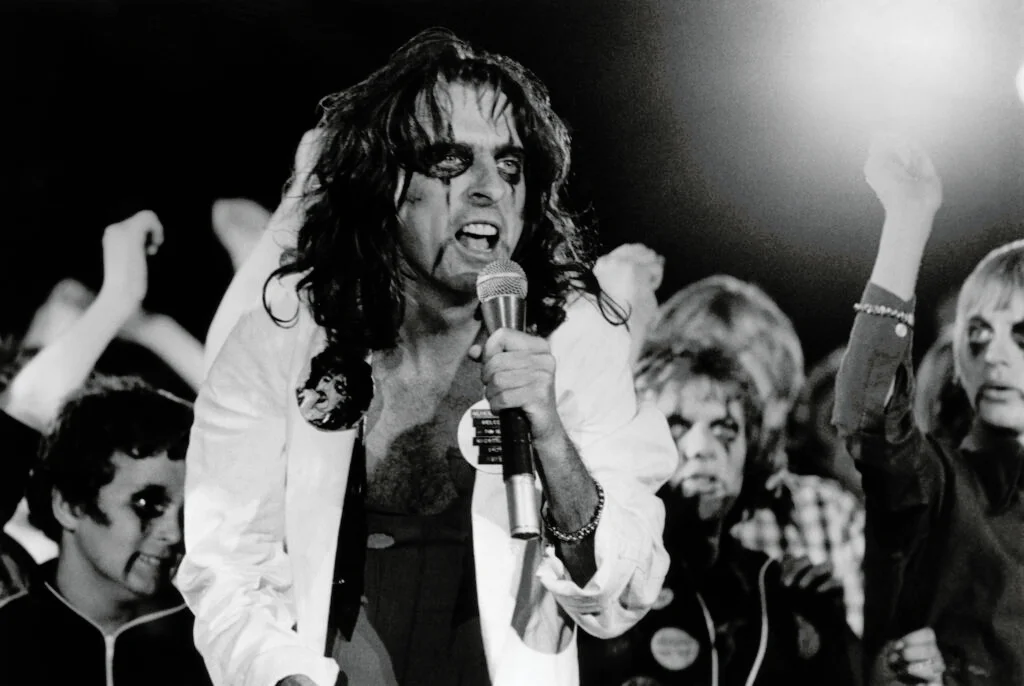
When Alice Cooper dropped “School’s Out” in 1972, it was pure chaos wrapped in three minutes of rock. The song captured the thrill of rebellion, mixing playground chants with heavy guitar riffs. It even ended with children singing, something completely unconventional at the time.
Though it became an anthem, many critics dismissed it as novelty. That label ignores how cleverly it captured the teenage spirit. Cooper blurred the lines between shock rock, theater, and genuine rock songwriting, and this track is a perfect example of his underestimated genius.
9. “Renegade” – Styx

“Renegade” starts deceptively soft with Tommy Shaw’s vocals over a gentle acoustic guitar. Then, out of nowhere, it explodes into one of the hardest-hitting choruses of the ’70s. The dynamic shift was unusual for mainstream rock, but it made the song unforgettable.
Though Styx is often remembered for ballads like “Babe,” this track showed their edgier side. It’s been embraced as a sports anthem, yet it still doesn’t get the respect it deserves in rock history. “Renegade” was proof that Styx could break rules and still land a hit.
10. “Runnin’ with the Devil” – Van Halen
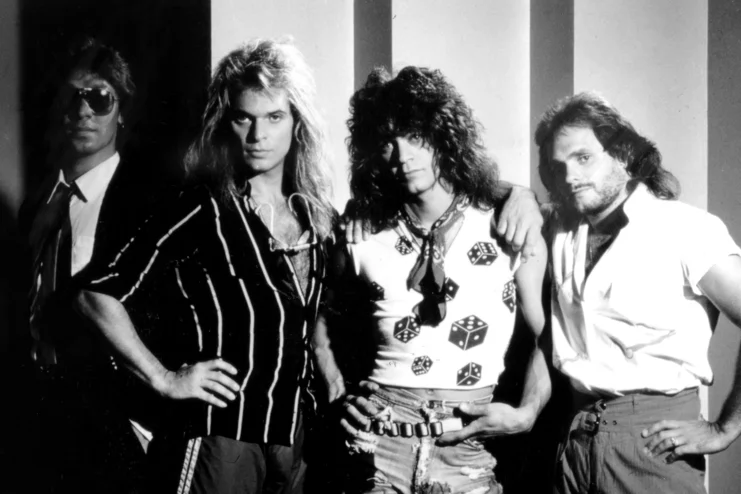
Van Halen’s 1978 debut announced a new era, and “Runnin’ with the Devil” was its mission statement. It opened with a car horn-like bass effect and David Lee Roth’s raw, unapologetic vocals. Unlike other rock bands of the time, Van Halen brought a flashy, almost reckless energy that flipped rock’s seriousness on its head.
This track often gets overshadowed by Eddie Van Halen’s “Eruption,” but it shouldn’t. “Runnin’ with the Devil” was bold in its simplicity, reminding everyone that rock didn’t always need polish. Sometimes attitude alone was enough to change the game.
11. “Rock and Roll, Hoochie Koo” – Rick Derringer

Rick Derringer’s “Rock and Roll, Hoochie Koo” was never meant to be high art—it was about raw fun. Released in 1973, the song had a riff-heavy groove that captured the spirit of reckless nights and loud guitars. It didn’t bother with deep lyrics or big concepts, which made it stand out in an era of concept albums.
Though it cracked the charts, it didn’t earn the same legendary status as other rock anthems. That’s a shame, because it captured the joy of rock better than most. It broke the unspoken rule that rock had to be profound to matter.
12. “Reelin’ in the Years” – Steely Dan

Steely Dan’s “Reelin’ in the Years” is remembered by some, but often overlooked compared to their more polished jazz-rock experiments. With its blistering Elliott Randall guitar solo and cynical lyrics, it was unlike anything else in 1972. The band mixed sarcasm with pop accessibility, which wasn’t a common pairing at the time.
The song proved you could make something catchy without dumbing it down. Its craftsmanship was meticulous, yet it still sounded effortless. Even though Steely Dan went on to bigger successes, this track is still one of their most daring.
13. “Fool for the City” – Foghat
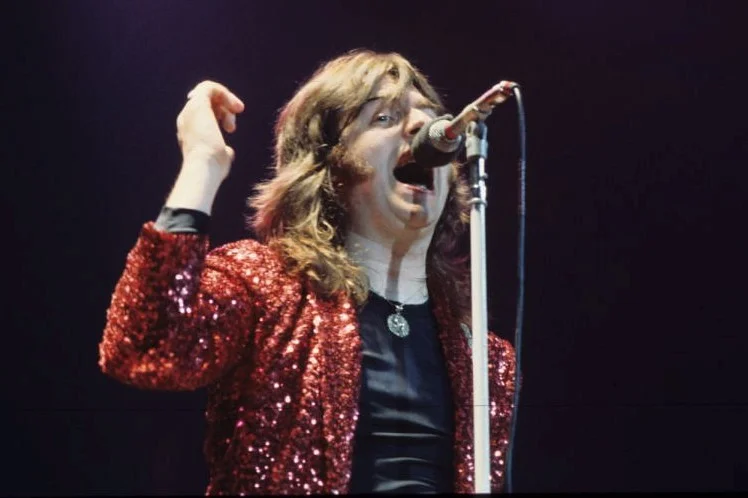
Foghat might not be the first band you think of when it comes to rule-breaking rock, but “Fool for the City” deserves recognition. Released in 1975, it had a relentless groove that leaned closer to boogie and blues than traditional rock. The lyrics painted a vivid picture of city obsession, which wasn’t the typical “sex, drugs, rock and roll” formula.
The song never became a giant hit, and that’s part of why it’s underappreciated. Foghat had the chops to rival bigger names, and this track is proof. It’s a hidden treasure for anyone willing to dig deeper than “Slow Ride.”
14. “Don’t Bring Me Down” – Electric Light Orchestra

When Electric Light Orchestra released “Don’t Bring Me Down” in 1979, it shocked fans by ditching the strings that had defined their sound. Instead, Jeff Lynne went for a straightforward rock approach with heavy drums and distorted vocals. It was stripped-down compared to their usual orchestral style, and some critics didn’t know what to make of it.
But that’s exactly what made it groundbreaking. The band proved they could succeed without leaning on their signature gimmick. Today, it’s often remembered as a quirky hit, but it was also a bold experiment that deserves far more appreciation.


